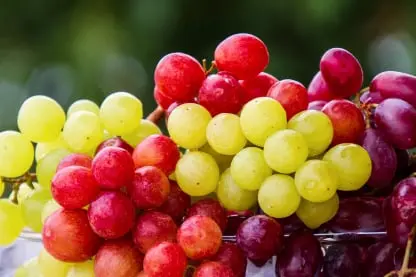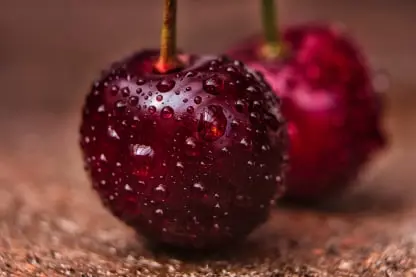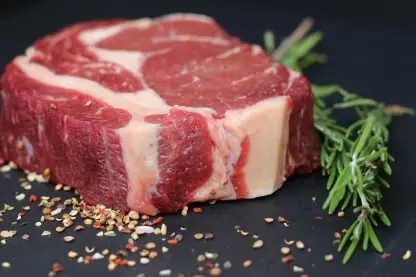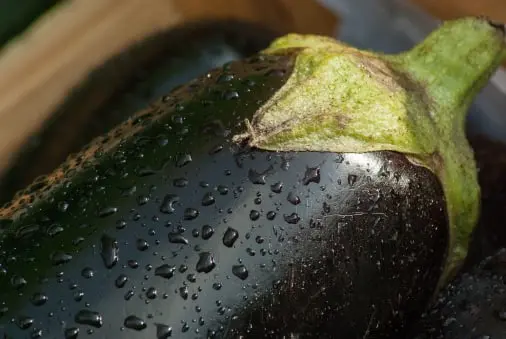Fresh produce, food service, food manufacturing business management apps:
Fresh produce packing app for comprehensive business management for fresh produce packer, export, import, wholesaler.

Fresh produce Management Software for import, export, wholesale
View Packing App Specifications.
Farmsoft fresh produce app provides complete business management for fruit, vegetable, herb, seed packers, and food service companies. Complete management of Packing App, inventory, QC, food manufacture, sales & shipping, recalls & audits.

Quality inspection app for food and fresh produce
View quality inspection app specifications.
Fresh produce quality inspection app for fruit & vegetable, meat, seafood, seeds, herbs, and all foods.
Reduce inspection costs, eliminate mistakes & waste, maximize quality & consistency. Fresh produce quality inspection app with AI quality management.

Meat Management Software for beef, hog, poultry, seafood
View Packing App Specifications.
Meat Management Software works with inexpensive hardware for production packing control, quality control, animal delivery, batch processing, weight accountability with no unaccounted yield loss for processing all animal and fresh meat products. Premium beef processing software software solution for modern meat packers.

Fresh produce farming solutions
View Farm solution Specifications.
The Farmsoft app delivers instant farm Packing App recalls, both up and down the supply chain. Perform recalls in seconds, with full confidence of accuracy and reliability. Minimize risk by ensuring accurate Packing App is automatically captured thru natural business processes, easily and quickly. Pass audits with ease and reduce compliance costs using Farmsoft's automatic paperwork tools and features.